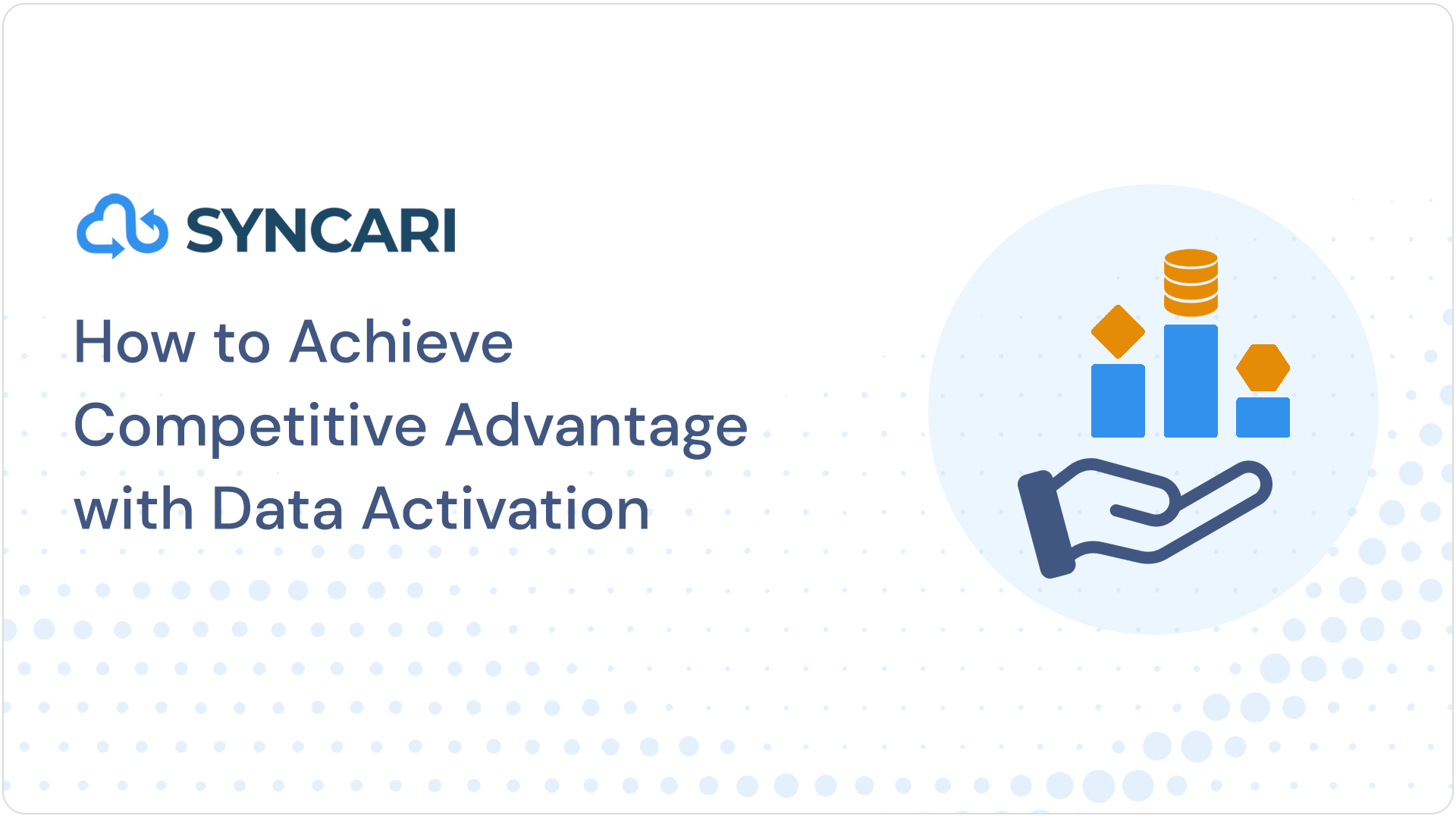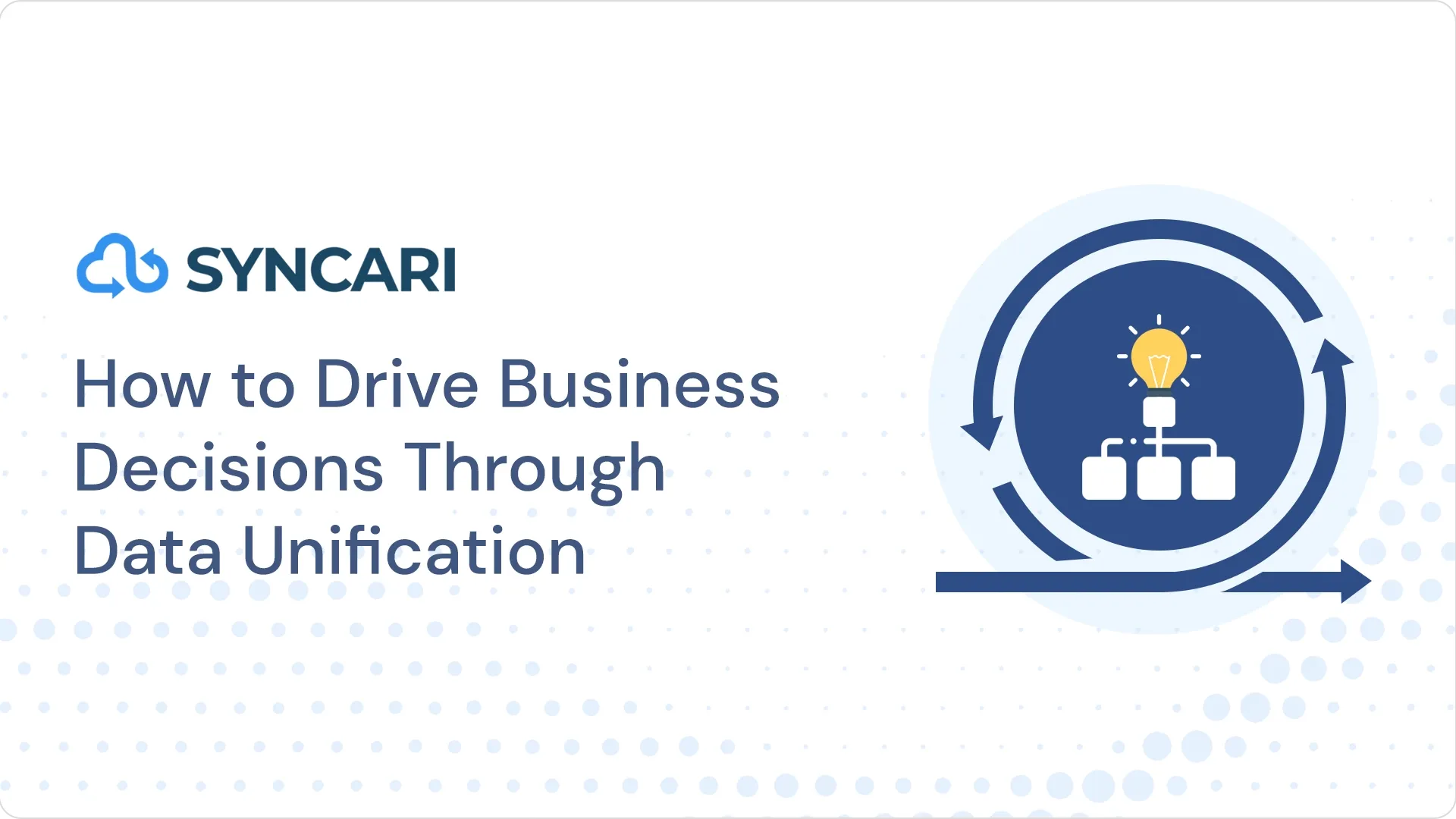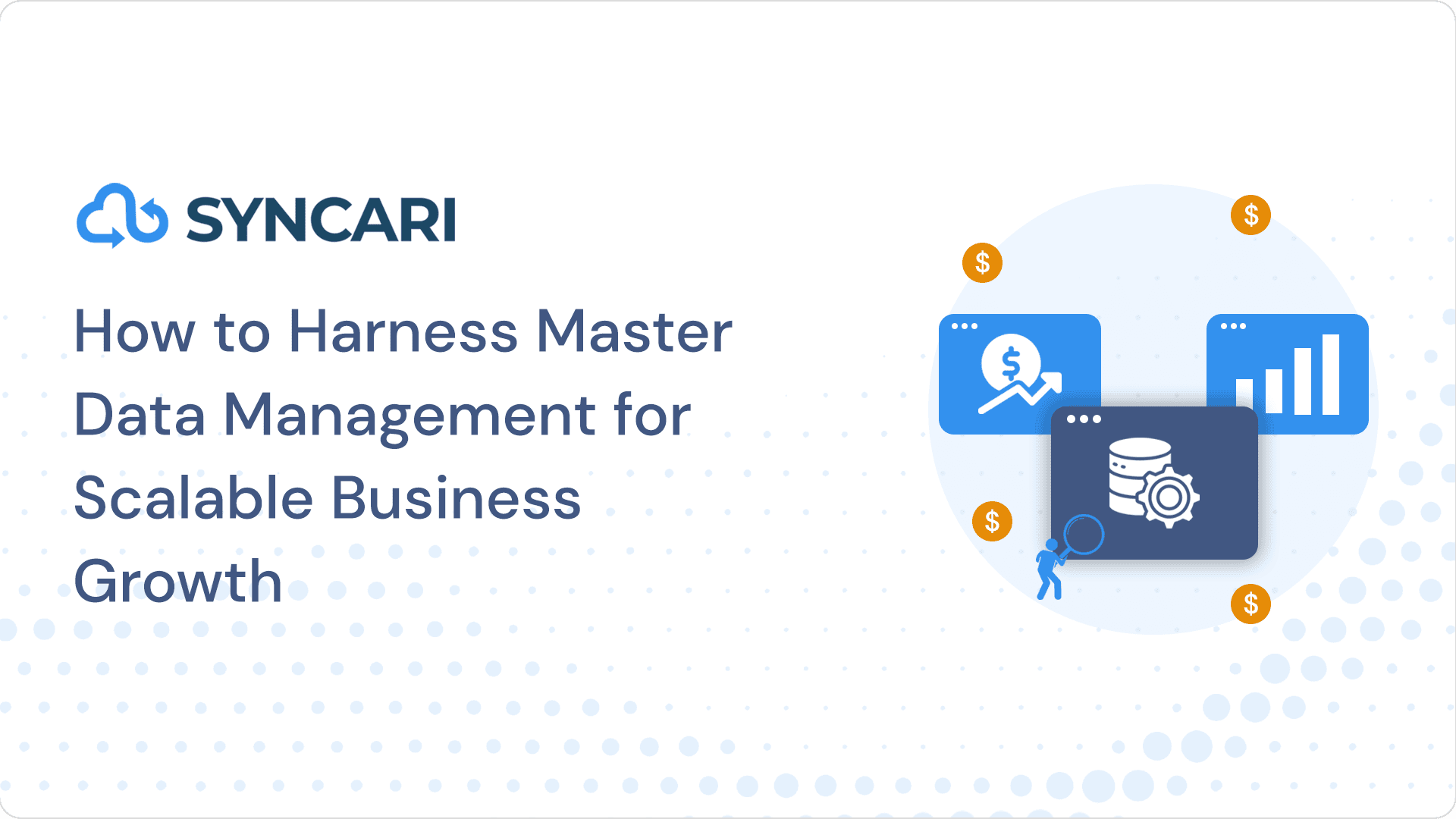When it comes to data integration, two of the most popular platforms are MuleSoft and Informatica. Both platforms provide solutions for integrating data from various sources. However, they differ in their approach and architecture.
MuleSoft is a data integration platform that integrates data through APIs using API-Led methodology. Top companies like IBM, Deloitte, and Mastercard use MuleSoft. On the other hand, Informatica is a data integration tool built on the ETL architecture. Top companies like Qualcomm, IBM, Siemens, and Verizon use Informatica
Both platforms offer a data integration solution, but there are differences in their features and benefits. It is important to evaluate your business needs and priorities to determine which platform is the best fit.
So in this blog, we will make an in-depth comparison of MuleSoft vs Informatica by comparing features, pricing, alternatives and more so you can make an informed decision.
What is Mulesoft?
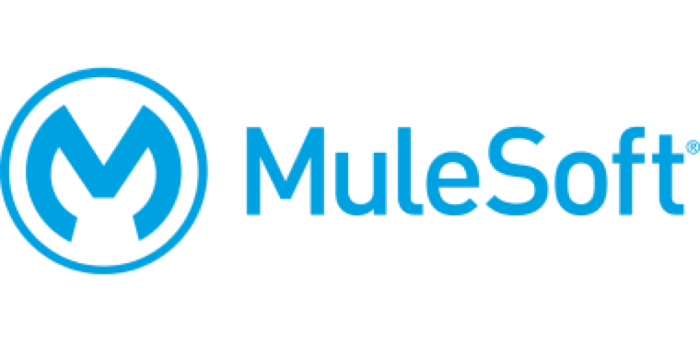
MuleSoft is a platform that provides tools for IT to automate workflows and processes, integrate data and systems, and create digital experiences on a single platform.
The platform offers a range of products and services enabling your business to quickly and easily build robust and flexible integration solutions.
The Anypoint Platform of Mulesoft is an integration platform that enables your business to create, manage, and secure its APIs, connect systems and applications, and manage the data across multiple systems and applications.
With its focus on agility, flexibility, and efficiency, Mulesoft can streamline your business’s integration processes and achieve its digital transformation goals.
Features of Mulesoft
The Mulesoft platform includes various features, some of which I have mentioned below.
- API Management: Anypoint Platform allows your business to create, manage, and secure its APIs. This feature enables your business to expose its services to partners, customers, and developers, which can help drive innovation and growth.
- Integration: The Platform also provides various integration tools that allow your business to connect your systems and applications. The platform supports a variety of integration styles, including batch processing, real-time messaging, and event-driven architectures.
- Data Integration: Anypoint Platform includes tools for data integration, including data mapping, transformation, and synchronization. This feature allows your business to manage data across multiple systems and applications.
- Analytics: The Platform includes various analytics tools that allow your business to gain insights into its data and operations. The platform provides real-time dashboards and reports, which can help you make better decisions and optimize your business’s operations.
- Security: Anypoint Platform includes robust security features that can protect your business from cyber threats and data breaches. The platform supports various security protocols, including OAuth, SSL, and SAML.
How does Mulesoft work?
Mulesoft uses a message-based architecture and provides various tools and connectors to help facilitate integration. The Mule runtime engine is at the core of Mulesoft, which is responsible for processing and routing messages between different systems.
Mulesoft uses a lightweight message format called Mule message, which contains metadata about the message payload and routing information. Mulesoft provides a range of connectors that allow businesses to connect to different systems and applications easily.
Pros of Mulesoft:
- Mulesoft improves agility and can enable you to unlock data effortlessly with Mulesoft’s any point platform through its pre-built connectors and automatic data mapping.
- Mulesoft comes with reduced risks of security breaches, and the platform includes security features like end-to-end secure governance to ensure compliance with regulations.
- Mulesoft also provides a faster connection to core systems and enables you to quickly and effortlessly introduce new devices, data sources, etc.
- It also gives you improved cooperation and gives your teams secure and safe access to accurate and complete customer information.
- Mulesoft is also highly scalable and can allow your business to scale its system without completely changing it.
Cons of Mulesoft:
- Setting up secure agents and firewall systems in Mulesoft can be challenging.
- Mulesoft also lacks a sound and complete person-to-person training program, requiring the user to be experienced in using such platforms.
- The document provided by Mulesoft needs to be completed and sufficient, and it can become hard to understand the configuration of a specific component.
- Mulesoft is complex and requires a user to have prior experience in programming to do deep tasks.
- Mulesoft also lacks intelligent mappings and intelligent management of data.
[ Related: MuleSoft vs. Jitterbit: Which Integration Platform is Right for your Business? ]
What is Informatica?
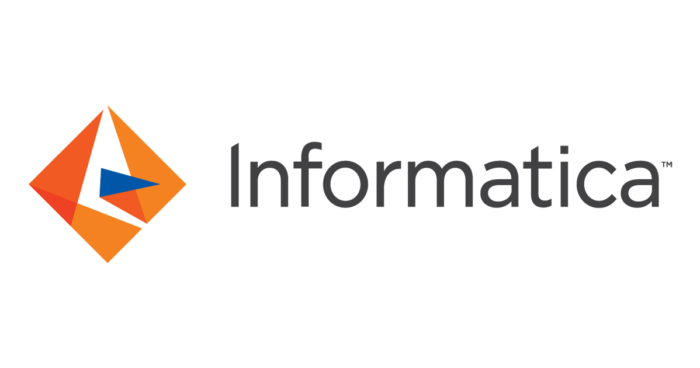
Informatica is a data integration tool that is based on ETL architecture. Informatica provides data integration services and software for various businesses, industries and governments including healthcare, finance, insurance etc.
Informatica’s products are designed to help your business integrate, transform, and manage data across different systems and applications.
Informatica also has a Powercenter platform, a data integration platform that allows businesses to extract data from different sources, transform it, and load it into a target system.
Informatica is used by various businesses, from small startups to large enterprises, in various industries, including finance, healthcare, retail, and manufacturing.
Features of Informatica
Informatica provides you with a range of features;
- Data Integration: Informatica provides powerful data integration capabilities enabling your business to extract, transform, and load data from various sources into target systems.
- Data Quality: Informatica’s data quality features allow your business to improve your data’s accuracy, completeness, and consistency. This is achieved through data profiling, cleansing, validation, and enrichment.
- Master Data Management: Informatica MDM is a solution for managing critical assets like customer and product data. It provides features for creating, managing, and governing master data, ensuring data consistency across the enterprise.
- Big Data Integration: Informatica’s extensive data integration capabilities enable your business to integrate and manage data in big data environments. This allows you to leverage the benefits of big data analytics and insights.
- Cloud Integration: Informatica Cloud is a cloud-based data integration platform enabling your business to integrate data from the cloud and on-premise systems.
How Informatica works?
Informatica enables your business to extract data from various sources, transform it as required, and load it into target systems. This process is typically referred to as data integration, and it is a critical step in ensuring that data is accurate, complete, and consistent.
Informatica provides powerful data integration capabilities that allow users to connect to various data sources, such as databases, files, and applications, and identify the data that needs to be integrated.
Once the data has been identified, Informatica provides a range of transformation functions, such as filtering, aggregation, and data mapping, to enable users to manipulate the data as required.
Once the data has been transformed, Informatica provides features for loading the transformed data into target systems, such as databases or data warehouses.
Pros of Informatica
- The Informatica platform can be a primary tool for your management and administration needs.
- Through Informatica, all the configured information is stored under the domain configuration.
- Informatica claims the best level of practical implementation, which is hundred percent.
- Informatica is not too costly, and its ease of use makes it the best tool for users.
- Informatica also uses one of the best technologies to enhance performance, quality, and speed.
Cons of Informatica
- Debugging workflow and mapping can be very hard with Informatica.
- The lookup transformation on a large table consumes more CPU power and memory.
- Informatica needs more integration with other tech and it is very hard to put in code from different languages like Java, Python, etc.
- Informatica has a complex design and cannot focus on specific tasks.
- For advanced tasks, more documentation is needed from Informatica; one must have prior knowledge to do such tasks.
[ Related: Informatica Competitor: Which of these Top 8 data integration tools stand out ]
Mulesoft vs Informatica Differences
Here’s a table that distinguishes the basic features of Mulesoft and Informatica.
| Mulesoft | Informatica | |
|---|---|---|
| Integration Capabilities | Focuses primarily on API-led connectivity and provides a range of features for creating, managing, and securing APIs. | Informatica delivers a comprehensive set of features for data integration, including data profiling, cleansing, validation, and enrichment. |
| Cloud Integration | Mulesoft is primarily designed for cloud-based integration | Informatica offers a more comprehensive platform that integrates data from cloud and on-premise systems. |
| Big Data Integration | Mulesoft does not offer native support for extensive data integration. | Informatica provides features for integrating and managing data in big data environments. |
| Master Data Management | Mulesoft does not provide native support for MDM. | Informatica provides a solution for managing critical data assets, known as Master Data Management (MDM) |
| User Experience | Mulesoft has a user-friendly interface and drag-and-drop capabilities for creating integrations. | Informatica has a steeper learning curve and requires a deeper understanding of data integration concepts. |
Pricing: Mulesoft vs Informatica
Mulesoft
Mulesoft provides you with three types of pricing plans, the pricing of which is undisclosed, and you need to contact their sales team to get a quote.

- Gold Plan: This plan provides core features to get you started with integrations and APIs.
- Platinum Plan: The plan provides advanced features to support deploying across your enterprise.
- Titanium Plan: The Titanium plan of Mulesoft provides mission-critical features and priority support.
[ Related: Mulesoft Pricing: Is this data automation platform worth the cost? ]
Informatica
For the pricing of Informatica, you need to contact their sales support team. The base version of the Informatica integration cloud starts at $2000/month. The pricing of the add-ons is undisclosed. Informatica also provides a thirty-day free trial.

MuleSoft and Informatica offer consumption-based pricing models ranging from $80,000 to $200,000 per year, which could be costly for small businesses. So after making a Mulesoft vs Informatica comparison and discussing the pros and cons, I would like to tell you about a powerful and value-for-money option over both Mulesoft and Informatica – Syncari.
[ Related: Informatica Pricing: Is this ETL tool worth the investment? ]
Syncari: A better option to Mulesoft and Informatica

Syncari is a cloud-based platform for data automation and synchronization. It provides a range of features for automating data workflows, including data quality management, data enrichment, and data synchronization.
It enables your business to keep its data consistent and up-to-date across various systems, such as CRM, marketing automation, and customer support.
Syncari uses machine learning algorithms to automate data workflows and minimize manual data entry, reducing the risk of human error. It also provides a range of data quality management features, such as data cleansing and deduplication, to ensure that the data is accurate and consistent.
Syncari’s data synchronization capabilities can enable your business to keep its data consistent across various systems, such as CRM, marketing automation, and customer support. Its data sync capabilities enable your business to have a single source of truth for data and ensure that all teams can access the most up-to-date information.
How does Syncari work?
Syncari is a data automation platform that helps businesses solve costly data inconsistencies and integration challenges faced by revenue teams. It empowers operations professionals to unify, clean, manage, and distribute trusted customer data across the enterprise.
Here are some of the ways Syncari works:
- Multi-directional sync engine: Syncari’s stateful multi-directional sync engine ensures fresh, unified data is accessible where customer-facing teams actually work. It delivers coordinated customer experiences by ensuring key signals are identified and activated across teams
- Connectors: Syncari’s unique connectors give users unprecedented quality and control over their core customer data systems
- Workflow automation: Syncari enables users to eliminate manual work and automate cross-departmental processes without writing code
- Operational data hub: Syncari’s operational data hub can be used to address common use cases like merge, dedupe, normalization, and enrichment with best-practice templates. It ensures that every data source connected to Syncari is automatically normalized and mapped to a universal ID so that data sources and business systems can speak the same language.
- Patented technology: Syncari holds a patent on providing a consistent view of customer data and key business metrics in every go-to-market system
- Robust approach to customer data strategy: Syncari fulfills a more robust approach to customer data strategy compared to other tools marketed as B2B Customer Data Platforms, which are simply data vendors
- IT Teams: Syncari can be used by IT teams as a full-stack data automation platform to automate data normalization and mapping.
- Data Governance: Syncari provides a range of data governance features, such as data access controls and audit trails, to ensure the data is secure and compliant with regulatory requirements.
Syncari is a comprehensive data automation platform that empowers businesses to unify, clean, manage, and distribute trusted customer data across the enterprise.
It offers a variety of tools and features such as connectors, workflow automation, and an operational data hub to help businesses solve costly data inconsistencies and integration challenges.
Syncari Pricing
Syncari’s pricing is based on the number of records you manage, making it easy to predict costs and avoid unexpected expenses. Each Syncari instance includes pipelines, connectors, API calls, tasks, and transactions. Build unlimited pipelines, connect multiple systems, and run them as often as needed, all without worrying about additional costs.
How Syncari is an Alternative to Mulesoft and Informatica
Here’s how Syncari is better in many ways than both Mulesoft and Informatica.
Syncari as an option to Mulesoft:
- Unified Data Model: Syncari offers a unified data model that provides a single source of truth for all data, which eliminates data silos and enables better decision-making.
MuleSoft, on the other hand, requires businesses to create their own data model, which can be time-consuming and may result in data inconsistencies.
- Data Quality Management: Syncari offers powerful data quality management capabilities that include data cleansing, deduplication, normalization, and validation. This ensures the data is accurate and consistent, improving the reliability of business insights.
MuleSoft also offers some data quality features which are less advanced than Syncari.
- Complete data automation platform: Syncari is a complete data automation platform that combines the ELT capabilities of FiveTran and the “reverse ETL” capabilities of Census in one platform to simplify end-to-end integration. Syncari provides unprecedented visibility, governance, and control over your data without the operational headache of a multi-vendor approach.
Informatica is a data integration tool that offers different integration products. MuleSoft is a data integration platform that connects data, devices, and applications within cloud and/or on-premises environments. It integrates data from various data sources through API-Led methodology.
- Real-time Sync: Syncari offers real-time data synchronization, which means that changes made in one system are immediately reflected in all other systems. This enables businesses to respond quickly to changes and improves data accuracy across all systems.
MuleSoft also offers real-time sync, but it may require additional configuration.
- Ease of Use: Syncari offers an intuitive and user-friendly interface that allows businesses to set up and manage their data workflows.
MuleSoft, on the other hand, may require more technical expertise to configure and manage.
And here’s how Syncari has the upper hand on Informatica too:
- Unified Data Model: Syncari offers a unified data model that provides a single source of truth for all data, eliminating data silos and enabling better decision-making.
On the other hand, Informatica requires businesses to create their own data model, which can be time-consuming and may result in data inconsistencies.
- Data Quality Management: Syncari offers advanced data quality management capabilities that include data cleansing, deduplication, normalization, and validation. This ensures the data is accurate and consistent, improving the reliability of business insights.
Informatica also offers data quality features, but they may not be as advanced as Syncari.
- Complete data automation platform: Syncari provides unprecedented visibility, governance, and control over your data without the operational headache of a multi-vendor approach.
- Real-time Sync: Syncari offers real-time data synchronization, which means that changes made in one system are immediately reflected in all other systems. This enables businesses to respond quickly to changes and improves data accuracy across all systems.
Informatica also offers real-time sync, but it may require additional configuration.
- Ease of Use: Syncari offers an intuitive and user-friendly interface that allows businesses to set up and manage their data workflows. Syncari beats the alternatives regarding price and ease of use.
Informatica, on the other hand, may require more technical expertise to configure and manage.
Syncari offers similar data integration capabilities to MuleSoft and Informatica but with a more simplified, cost-effective, and user-friendly approach.
Conclusion
MuleSoft vs Informatica comparison shows that both are data integration solutions but differ in their approach and features. MuleSoft uses an API-led methodology to integrate data from various sources, while Informatica is a data integration tool that offers complete data security through various encryptions.
MuleSoft is a Java-based enterprise service bus that connects applications, data, and devices in the cloud and on-premises
However, Syncari is a better tool for data integration and automation needs. Here’s why:
- Unified platform: Syncari offers a unified platform combining data quality, integration, and governance capabilities.
- Modern interface: Syncari offers a modern and user-friendly interface.
- Automated data mapping and conflict resolution: Syncari offers features such as automated data mapping and conflict resolution, which can save time and reduce errors.
Syncari is a powerful platform that can help businesses harmonize across their entire ecosystem. With its robust management and automation capabilities, Syncari enables businesses to achieve new data integration and automation heights. Whether a small business or a big enterprise, Syncari is a better tool for data integration and automation needs
If you are looking for a powerful data management platform to help you achieve your business goals, Syncari is a must-try
